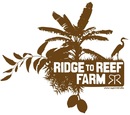1 Comment
Spencer
11/7/2012 02:17:18 am
I just received a manual wheatgrass juicer as a present. I have plenty of guinea grass on my property and several large pots of Lemmon grass. I want to make my own Chlorophyl drink like what I've bought at The Fruit Bowl. Would anybody have a recipe? I was thinking of using Agave as a sweetener. How much grass juice to water would be normal?
Reply
Your comment will be posted after it is approved.
Leave a Reply. |
About Us
Ridge to Reef Farm serves the US Virgin Islands with certified organic produce grown with sustainable permaculture practices (and a lot of love). Archives
June 2018
|
|
All Content Copyright 2023-2024
PO Box 2903 #1 Ridge to Reef Farm Rd, Frederiksted, St. Croix, USVI 00840 www.ridge2reef.org Contact: [email protected] 340.473.1557 |
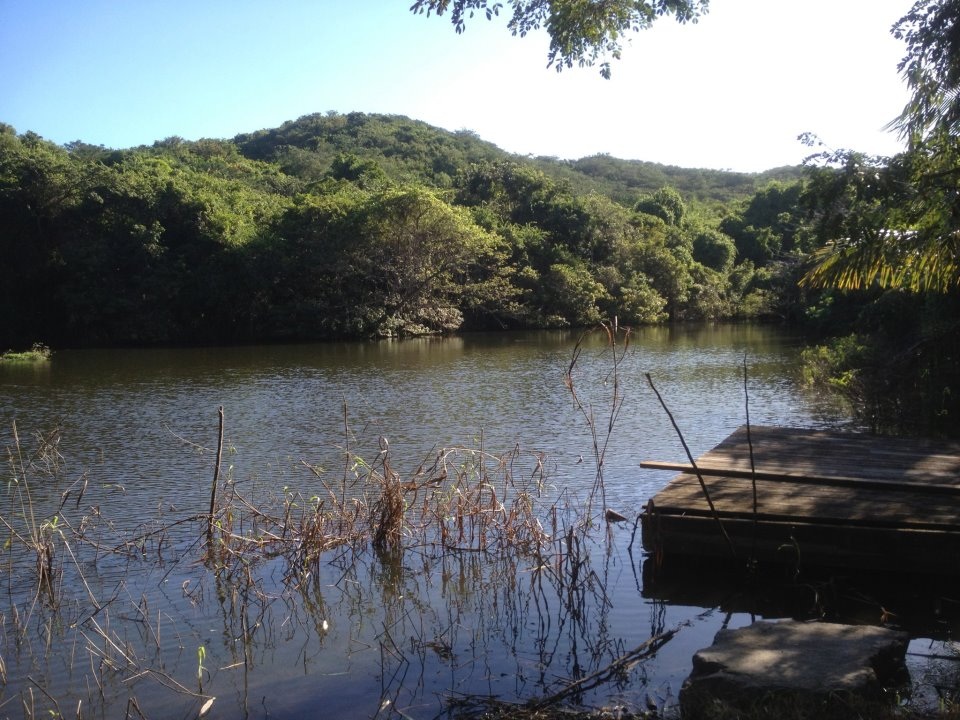

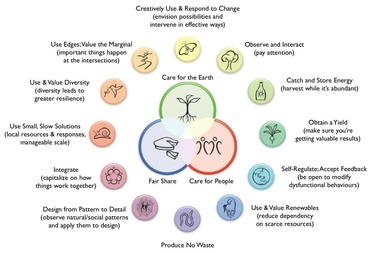
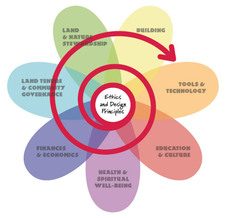


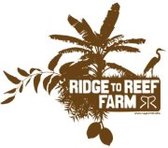
 RSS Feed
RSS Feed
